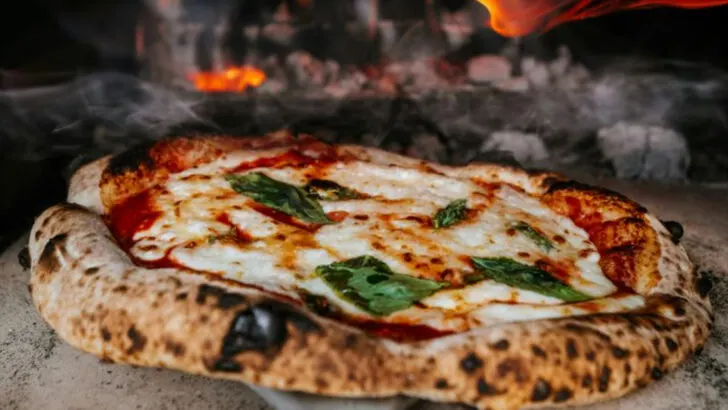Traveling through Europe often means chasing flavors as much as famous landmarks. Yet with so many restaurants catering to tourists, finding the truly authentic dining spots can be tricky. The good news? Locals always leave behind clues — from the menu to the seating — that reveal whether you’ve stumbled onto the real deal.
The charm of an authentic European restaurant lies in the details: family recipes, regional specialties, and an atmosphere that feels like it could only exist in that place. Keep an eye out for these unmistakable signs, and you’ll know you’ve found the kind of meal worth remembering.
Menus Written in the Local Language First
Noticing a menu that prioritizes the local language is a sure sign of authenticity. It suggests the restaurant caters primarily to locals, rather than tourists. Visitors might find translations below or on a separate page.
This subtly invites you to immerse yourself in the culture and perhaps even brush up on your language skills. Often, these menus feature regional dialects, adding another layer of genuine charm.
Exploring the local language menu can lead to delightful surprises you might not expect from a translated version.
Seasonal Dishes Based on What’s Fresh That Week
Restaurants that change their menu weekly to showcase seasonal produce have a commitment to quality. This approach not only supports local farmers but also ensures that dishes are fresh and flavorful.
Such menus reflect a deep respect for nature’s rhythms, offering diners a taste of what’s best at that moment. Seasonal offerings often highlight traditional recipes passed down through generations.
It’s a culinary philosophy that says, “we serve only what’s fresh and delightful right now.”
A Short, Focused Menu (Often Without Photos)
A concise menu often indicates a chef who is confident in their craft. Fewer choices suggest each dish receives the attention it deserves, ensuring quality over quantity.
Such menus rarely feature photos, relying on descriptions that intrigue and entice. This allows the food to speak for itself once it arrives at your table.
It’s a celebration of a few well-executed dishes, rather than a broad, unfocused selection.
Locals Filling Most of the Tables
When a restaurant is bustling with locals, it’s a reassuring sign of authenticity. Locals know where to find the best food, after all.
Their presence can transform your dining experience into something genuinely European, with lively chatter and a community feel. It’s a chance to observe and perhaps interact with the local culture.
Being surrounded by locals enjoying their meals adds an unspoken endorsement of quality and authenticity.
The Chef or Owner Greeting Guests Personally
A personal greeting from the chef or owner adds warmth to your dining experience. It signifies pride and passion for what they serve.
This gesture makes guests feel valued and part of something special. It often leads to stories about the dishes, adding context and connection.
Such personal touches transform a meal into more than just food; it becomes a shared experience.
House Wine Served from a Carafe or Local Vineyard
House wine served in a carafe often emphasizes quality derived from local vineyards. It’s an emblem of regional pride, offering you a taste of the local terroir.
Such wines are typically unpretentious, yet perfectly complement the dishes on offer. This practice speaks to a tradition where wine is a natural, everyday part of dining.
Savoring local wine enhances the authenticity of your meal, making it truly memorable.
Décor that Feels Lived-In, Not Staged for Tourists
Authentic restaurants often boast décor that feels genuinely lived-in and inviting. This isn’t about curated aesthetics but about comfort and charm.
You might find family photos, eclectic art, or mismatched furniture, all contributing to a unique character. These elements add a sense of history and narrative.
Such spaces invite you to relax and enjoy the meal as if you were part of the neighborhood.
Meals That Linger, with No Rush to Turn Tables
Enjoying a meal without the rush encourages savoring each bite and moment. Authentic spots value the dining experience over quick turnover.
This leisurely pace allows for conversation and connection, making the meal more than just sustenance. It’s about shared enjoyment and relaxation.
Such an atmosphere invites you to settle in, take your time, and truly immerse yourself in the experience.

